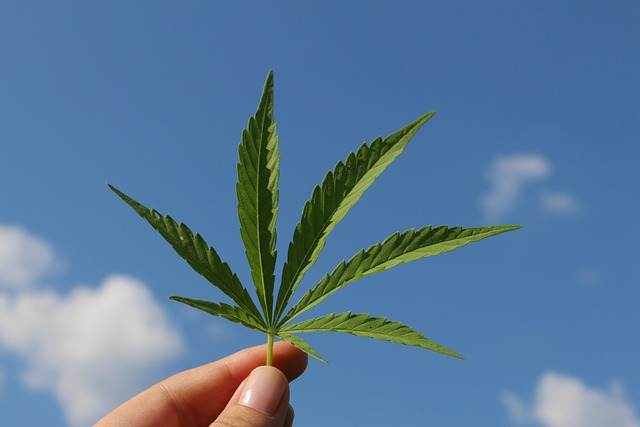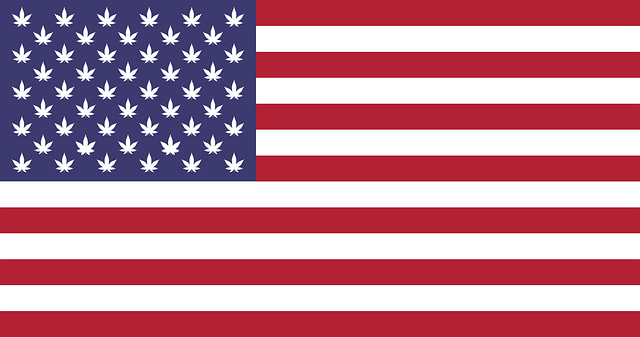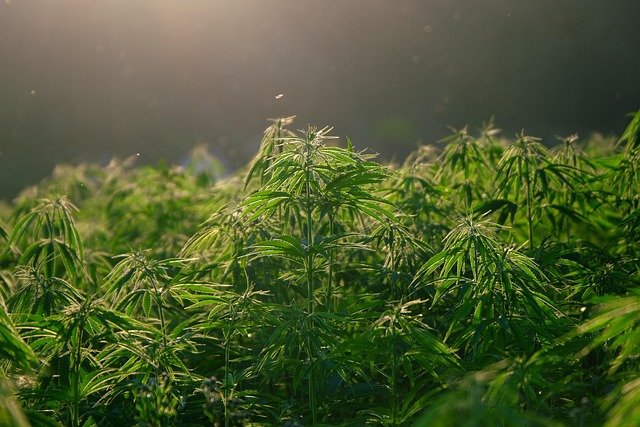Unlock significant savings and enhance your cannabis business's appeal with a strategic focus on the difference between rosin and dabs. While dabs offer intense potency, rosin stands out for its purer, solvent-less extraction process, appealing to health-conscious consumers. By embracing regulatory standards and positioning rosin as a premium organic option, you can capture higher price points. Meanwhile, market dabs to experienced users seeking powerful effects. This nuanced approach not only optimizes your product offerings but also drives revenue growth in today's dynamic cannabis landscape. Make the switch for enhanced customer satisfaction and minimized legal risks—a true win-win scenario.
Are you in the cannabis industry, struggling to navigate the evolving landscape of regulations and product standards? Uncertain about the difference between rosin and dabs? You’re not alone. This free guide unveils the secrets to saving big by understanding the Cannabis Regulatory Standard versus Rosin & Dabs. Learn best practices for navigating these new rules and unlock significant cost savings while ensuring compliance. Take control today!
- Unlock Savings: Cannabis Regulatory Standard vs. Rosin & Dabs
- New Rules, Best Practices: Navigate Rosin vs. Dabs
- Free Guide: Cannabis Standards, The Rosin-Dabs Difference
- Save Big: Understanding Cannabis Regulatory Norms & Rosin/Dabs
Unlock Savings: Cannabis Regulatory Standard vs. Rosin & Dabs

The cannabis industry is evolving rapidly, and understanding the regulatory standards can be a game-changer for businesses and consumers alike. When it comes to unlocking savings, the distinction between rosin and dabs in relation to the Cannabis Regulatory Standard is significant. Rosin and dabs, while popular among enthusiasts, often fall outside of mainstream regulatory frameworks. These products, derived from concentrated cannabis extracts, may bypass quality control measures and safety standards mandated by many jurisdictions.
In contrast, adhering to the Cannabis Regulatory Standard ensures a rigorous testing process for all cannabis products, including rosin and dabs. This standard mandates comprehensive analyses for potency, purity, and potential contaminants, providing consumers with peace of mind. By embracing these regulations, businesses can mitigate risks, avoid legal penalties, and ultimately pass on savings to their customers. For instance, strict adherence to standards has been linked to reduced instances of contaminated products, leading to healthier consumers and a more robust market.
New Rules, Best Practices: Navigate Rosin vs. Dabs

In the evolving landscape of cannabis regulatory standards, understanding the distinction between Rosin and Dabs has become paramount for industry players aiming to stay ahead. New rules and best practices are emerging, demanding a shift in how these concentrated products are produced, sold, and consumed. Rosin, derived from the natural resins of the cannabis plant through a solvent-less extraction process, offers a purer, more natural alternative compared to Dabs, which involve using solvents for a more potent concentration. This simple yet significant difference has profound implications for businesses, affecting everything from product positioning to pricing strategies.
For example, companies prioritizing quality and health-conscious consumers can market Rosin as a premium, organic option, commanding higher prices. Conversely, Dabs, with their intense potency and unique texture, appeal to a different demographic, often catering to experienced users seeking maximum effects. By navigating this Rosin vs. Dabs dynamic, businesses can optimize their product offerings, enhance customer satisfaction, and ultimately drive revenue growth within the ever-changing cannabis market.
Free Guide: Cannabis Standards, The Rosin-Dabs Difference

Unravel the complexities of cannabis with our free guide, “Cannabis Standards: The Rosin-Dabs Difference.” In this comprehensive resource, we demystify the distinction between rosin and dabs, two prominent forms of cannabis concentrate. Understanding this difference is key to navigating the evolving regulatory landscape. By embracing these standards, consumers can make informed choices while ensuring product quality and safety.
Imagine having a clearer view into what you’re purchasing. Our guide provides insights that empower you to separate superior products from the rest. For example, rosin, derived from cannabis sap, offers a purer, more natural concentration with distinct therapeutic benefits. Dabs, on the other hand, present a more intense experience due to their higher THC content. With this knowledge, you can customize your consumption to suit your preferences while adhering to local regulations. Embrace these standards and unlock a seamless, enjoyable journey through the cannabis market.
Save Big: Understanding Cannabis Regulatory Norms & Rosin/Dabs

In the dynamic landscape of cannabis regulations, understanding the nuances between different product forms is crucial to saving big. One such distinction lies between rosin and dabs, both derived from concentrated cannabis extracts but separated by key regulatory norms. Rosin, a natural resin extracted through a solvent-free process, appeals to consumers seeking pure, organic products. Its production often aligns with smaller, local operations, making it a niche market item with varying potency and flavor profiles. On the other hand, dabs, or concentrated cannabis oils, are typically produced in larger facilities using solvents for extraction and refining, resulting in consistent potencies but raising concerns among regulators about potential health risks.
By grasping these differences, cannabis businesses can strategically navigate regulatory requirements, optimize their product offerings, and tap into consumer preferences. For instance, shops prioritizing organic, locally sourced products may stock rosin-based items, while others might focus on dabs for their consistent strengths. This targeted approach not only caters to diverse customer needs but also enables businesses to avoid unnecessary compliance burdens and costs, ultimately saving big in a competitive market.
Are you in the cannabis industry and looking to maximize your savings? It’s time to understand the difference between rosin and dabs, two popular concentrates with distinct regulatory standards. By navigating these new rules, you can unlock significant cost savings and ensure compliance. Download our free guide, “Cannabis Standards: The Rosin-Dabs Difference,” and gain valuable insights into best practices. Take control of your bottom line – understand the standards, make informed decisions, and save big!
